Do's & Don'ts for Top 5 Violations in LIVE
10/16/2025
Summary
What are the top common mistakes creators make during TikTok LIVE selling sessions that can hurt engagement and lead to penalties?
- Common mistakes include promoting irrelevant products, replaying pre-recorded content, poor video/audio quality, making misleading product claims, and providing insufficient product descriptions. These reduce trust, violate platform rules, and lower viewer engagement.
How can creators avoid violating TikTok Shop policies related to misleading product claims during LIVE sessions?
- Avoid exaggerated or unscientific claims, especially about medical conditions or weight management. Do not claim your product cures diseases, causes rapid weight loss, or falsely state awards/certifications. Stick to truthful, verifiable product benefits.
What practical steps can sellers take to improve the production quality of their TikTok LIVE sessions?
- Use high-resolution visuals with good lighting, stabilize the camera, ensure clear audio with a quality microphone, and maintain a clean, organized environment. A well-produced stream builds trust and helps viewers understand product value.
Why is it important to provide detailed and relevant product descriptions during LIVE selling, and what should these descriptions include?
- Detailed descriptions build buyer confidence and reduce confusion. Include selling points, price (with discounts), usage instructions, features and benefits, and customer testimonials. Avoid vague or unrelated commentary that distracts from the product.
What are the key best practices to ensure a successful and engaging TikTok LIVE selling session?
- Stay on-topic by focusing solely on the listed product, create authentic live content without looping pre-recorded videos, communicate clearly and enthusiastically, and provide a seamless, interactive shopping experience to build trust and boost sales.
In this article, we'll explore the top 5 common issues creators face when hosting LIVE sessions.Addressing them will help you run smoother, more professional livestreams. You'll also discover practical tips to fix each issue, making your sessions more engaging and successful.
Irrelevant Promotion
Promoting unrelated products during a LIVE session can confuse viewers and hurt your credibility. Stick to the product listed and ensure your content directly relates to its features, benefits, and pricing. Here's how to ensure your livestream meets these standards:Do | Don't |
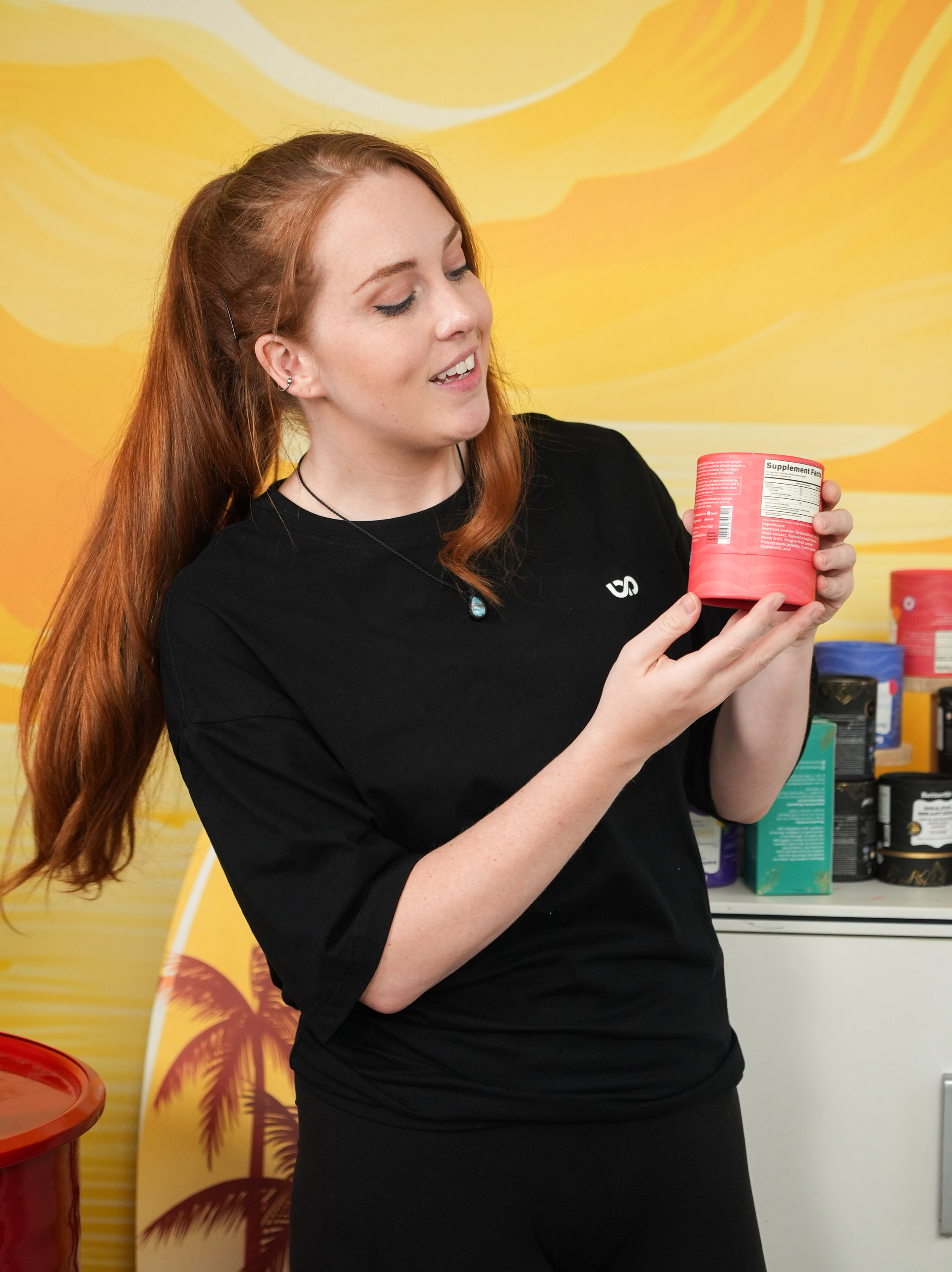 |
 |
Content Replay in LIVE Room
Looping pre-recorded content in a LIVE session violates platform rules and lacks authenticity. LIVE videos should be interactive, offering a unique shopping experience.By avoiding pre-recorded and looped content, you can maintain authenticity, engage effectively with your audience, and avoid violations. To ensure your livestream remains genuine and engaging, follow these best practices:
Do | Don't |
|
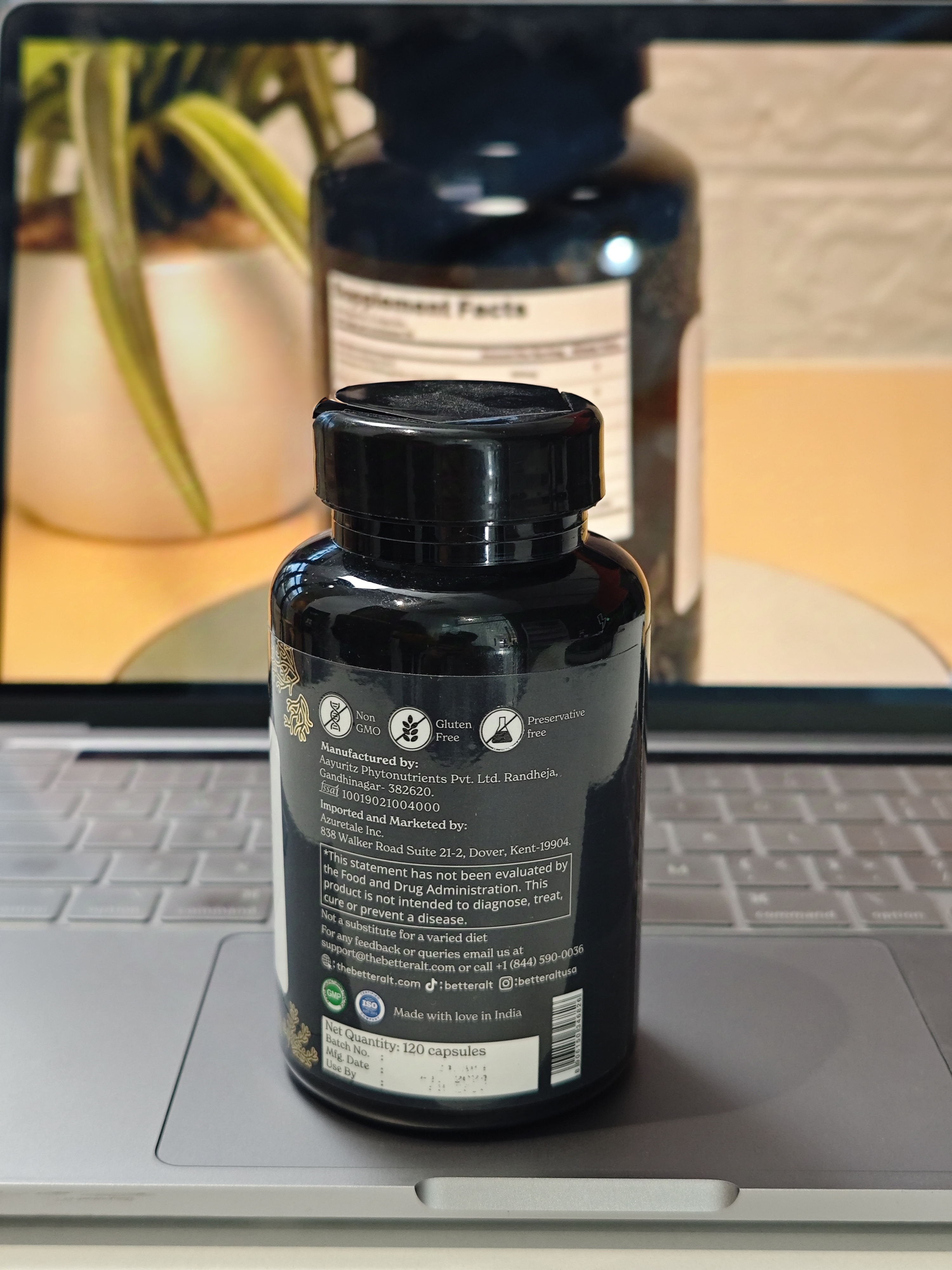 |
Poorly Made Production
Quality matters. It helps viewers understand the value of promoted products, build trust, and make good buying decisions.Low lighting, shaky cameras, and muffled audio create a poor viewer experience and reduce trust in your promotion. Here are some practical steps you can take to improve your production quality.
Do | Don't |
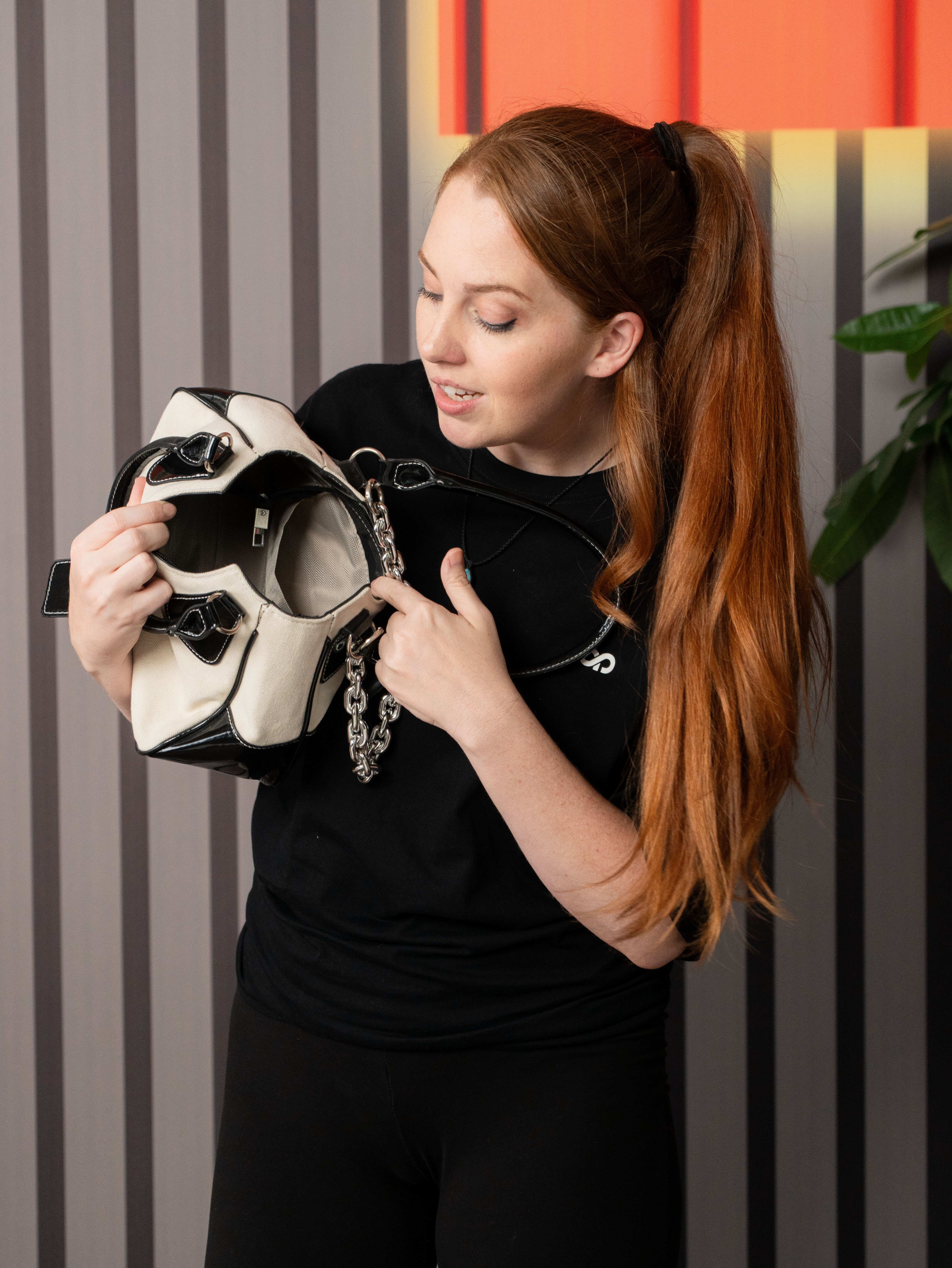 |
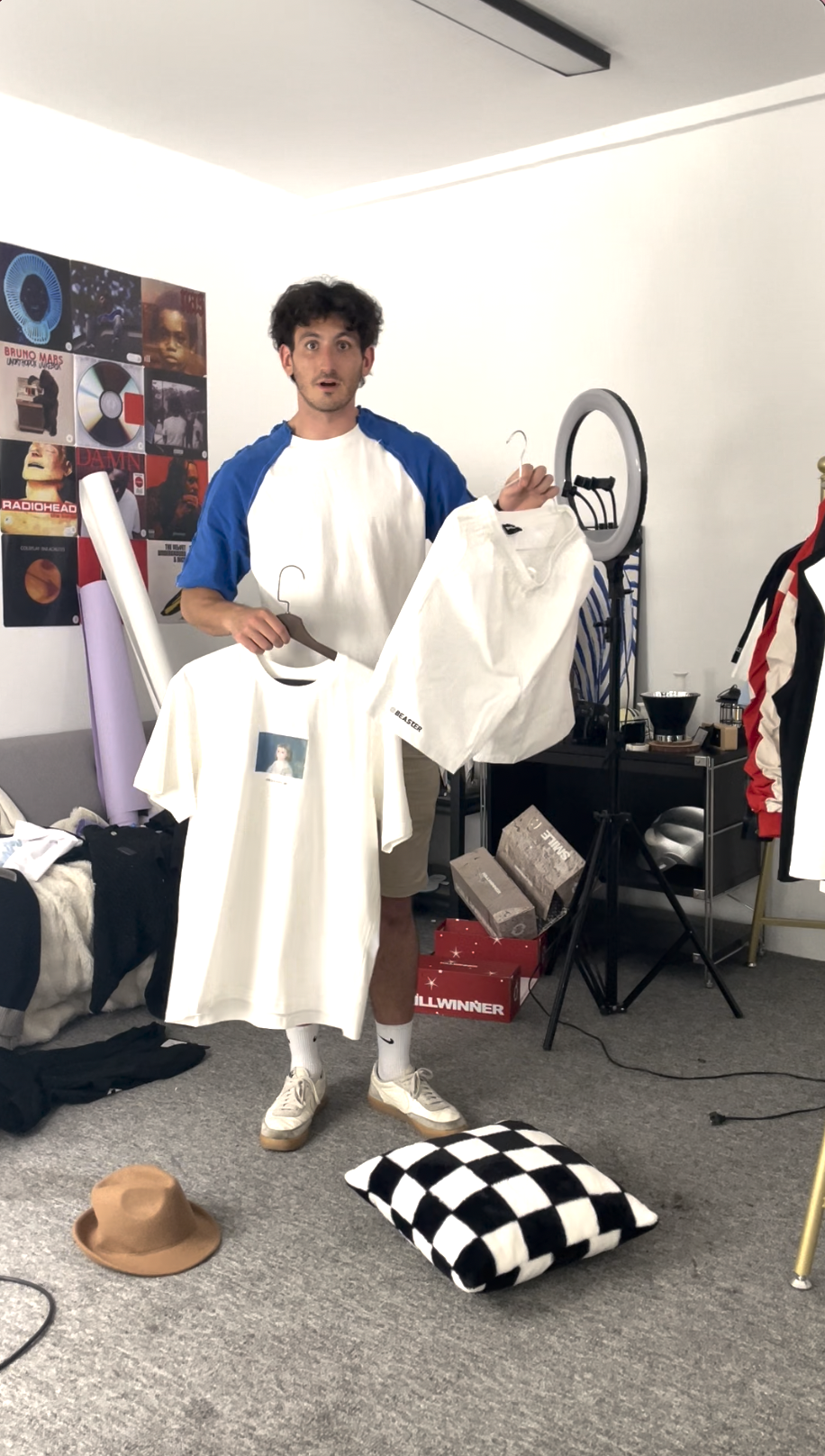 |
Misleading Functionality
Exaggerated claims about your product can lead to distrust and platform violations. Avoid promoting unrealistic results, especially around medical or weight management products.- Medical Claims: You can not make a claim about any serious medical condition that would typically be monitored or treated by an expert, such as heart disease or cancer.
- Weight Management: Weight management claims, including explicit or implicit claims that a product can cause or aid weight loss or gain, weight loss, calorie reduction, regulate appetite, or prevent weight management conditions such as obesity, are prohibited.
- Don't promote unscientific outcomes like "This product will help you lose 10 pounds in 3 days."
- Avoid medical misinformation, e.g., "This product cures heart disease" or "prevents wrinkles."
- Don't falsely claim awards or certifications your product doesn't have.
- "This product can cure heart disease."
- "This product can prevent diabetes."
- "This product may reduce symptoms of cancer."
- "Lose weight fast!"
- "Build muscle without exercise!"
- "This supplement helped break down my stubborn fat deposits."
- "This tea can help you prevent obesity", while sharing a before and after picture of weight loss result related to the use of a product.
Description is Not Detailed
Failing to provide detailed product information can leave potential buyers confused and unwilling to make a purchase. When describing your product, provide clear and comprehensive descriptions to build confidence.Always consider things from the viewers' perspective: what would you want to know before making a purchase decision? Here's how to ensure your content is detailed and informative:
Do | Don't |
Include Key Elements: Ensure your video covers the following aspects:
|
|
Please see here for more detail.
Summary
By addressing these five common issues—irrelevant promotion, content replay, poor production quality, misleading claims, and lack of detailed descriptions—you can transform your LIVE selling sessions into more engaging and professional experiences.Each of these quick fixes will help you avoid penalties, build trust with your audience, and improve overall performance. Remember, success on LIVE is about authenticity, clear communication, and providing a seamless experience for your viewers.
Implement these practices, and you'll see your LIVE selling effectiveness grow steadily!
You may also be interested in
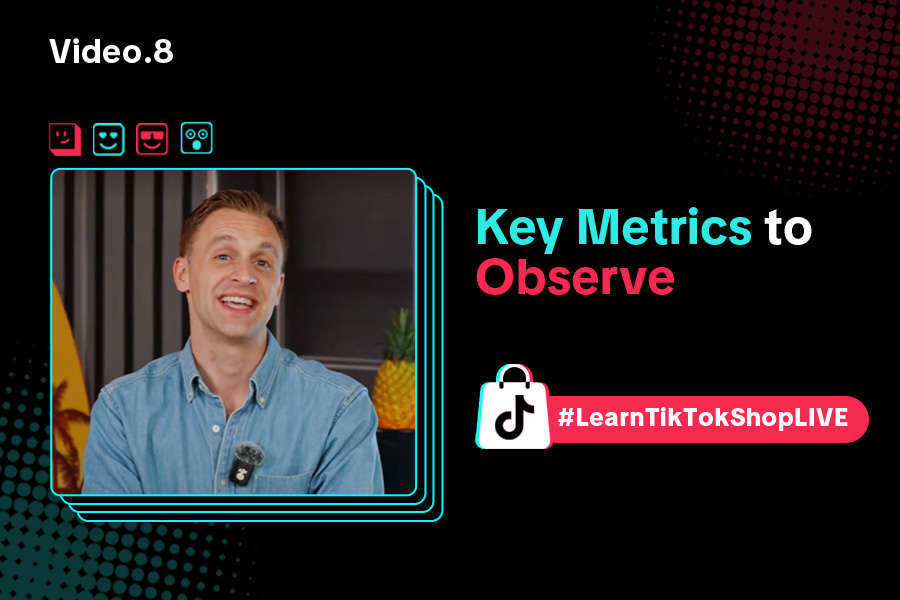
Key Metrics to Observe & How to Access Data
Key Metrics to Observe Understanding key metrics is essential for optimizing your TikTok livestream…

LIVE Highlights - auto posting Short Videos
High level overview Are you looking for a way to easily capture the best moments of your LIVE sessio…
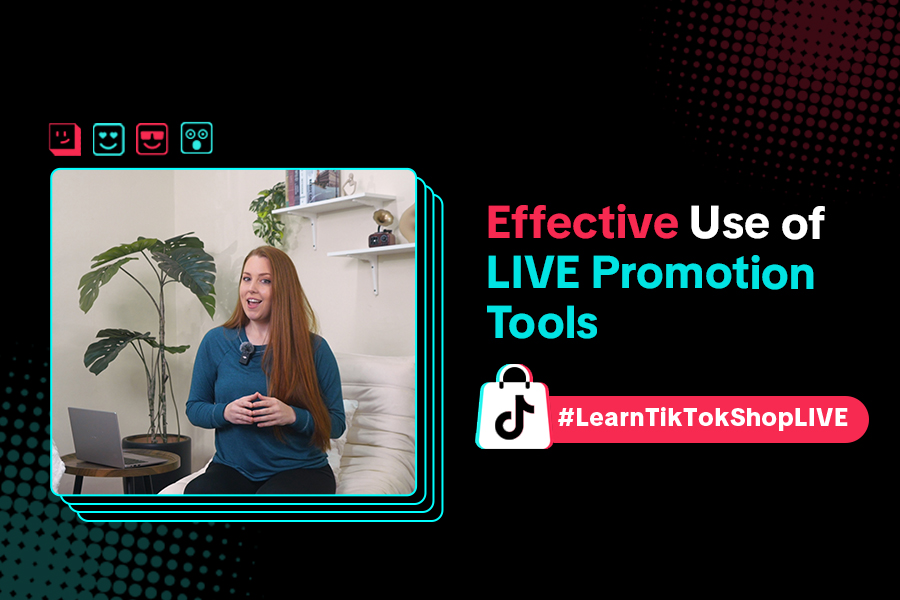
LIVE Promotion Tools: Coupon, Giveaway, Flash Sale
Intro Promotion is a powerful way to boost your LIVE selling sessions, drawing viewers in with excl…
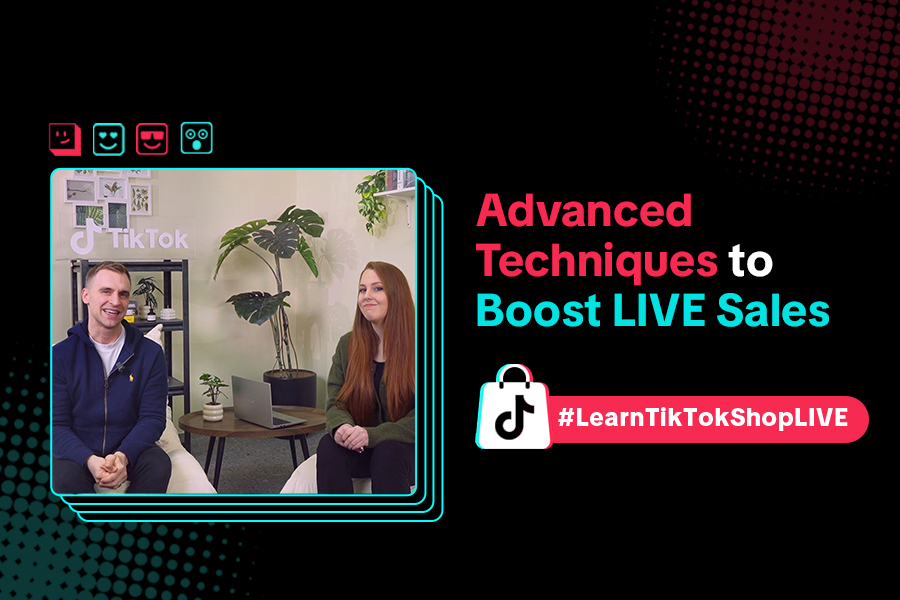
Boost Your LIVE Sales: Advanced Techniques for Showcasing Pr…
Shoppable LIVE is changing the way we shop, bringing products to life and creating real-time connect…
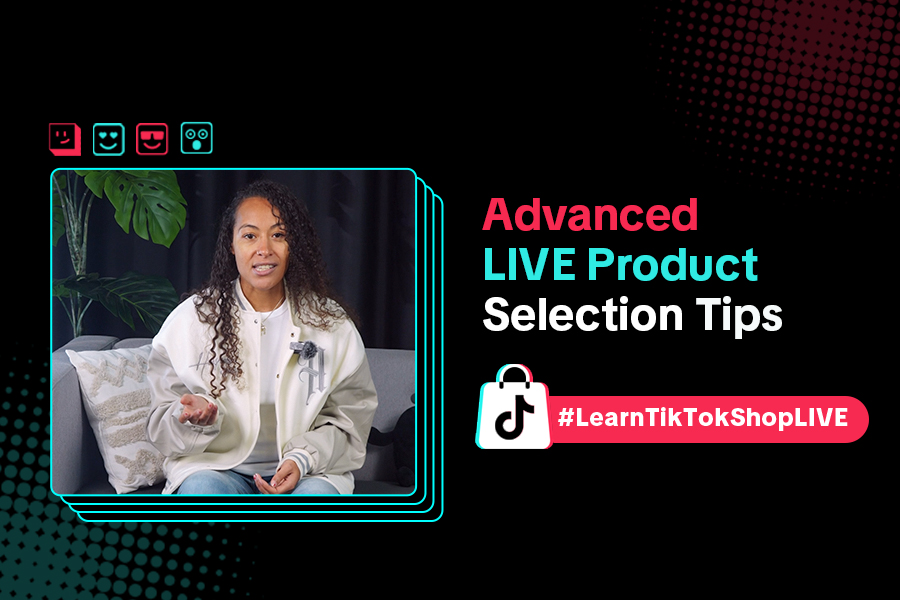
Advanced Product Selection Tips for Your Livestream
Are you ready to take your product selection skills to the next level for your livestreams? A carefu…
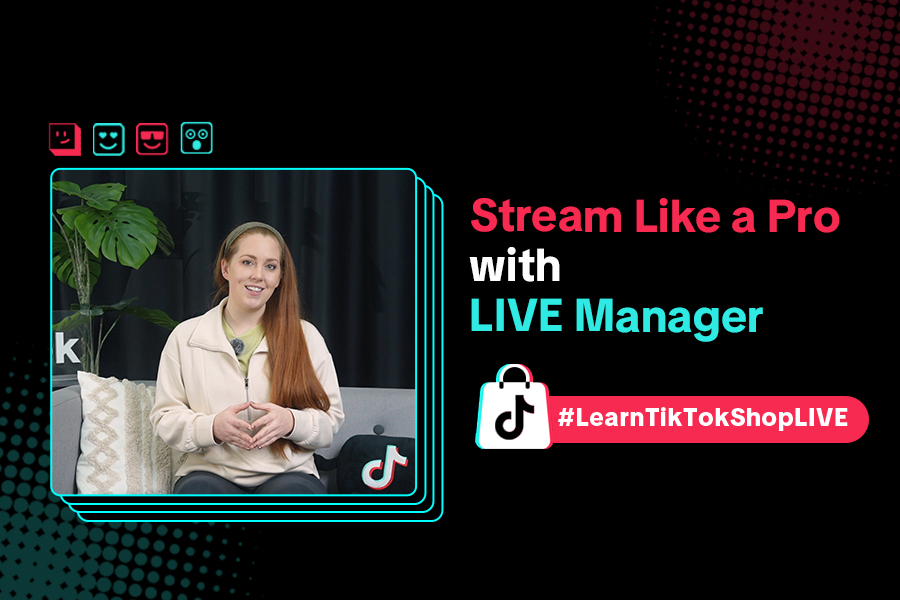
Stream Like a Pro with LIVE Manager
Want to take your livestreams to the next level? With TikTok's LIVE Manager, creators can operate th…
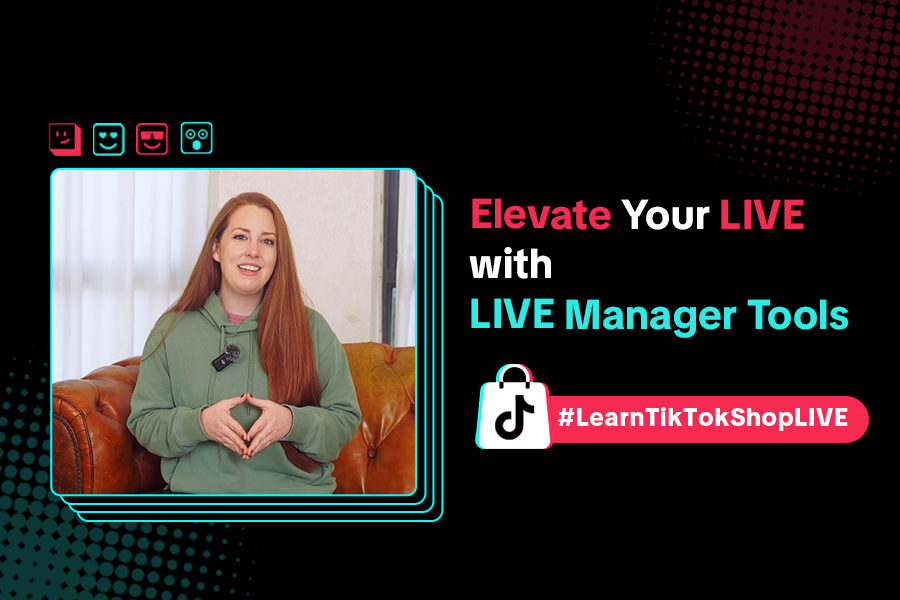
Level Up TikTok LIVE with LIVE Manager Tools
Are you ready to level up your TikTok LIVE sessions? Streaming from your desktop can offer more cont…
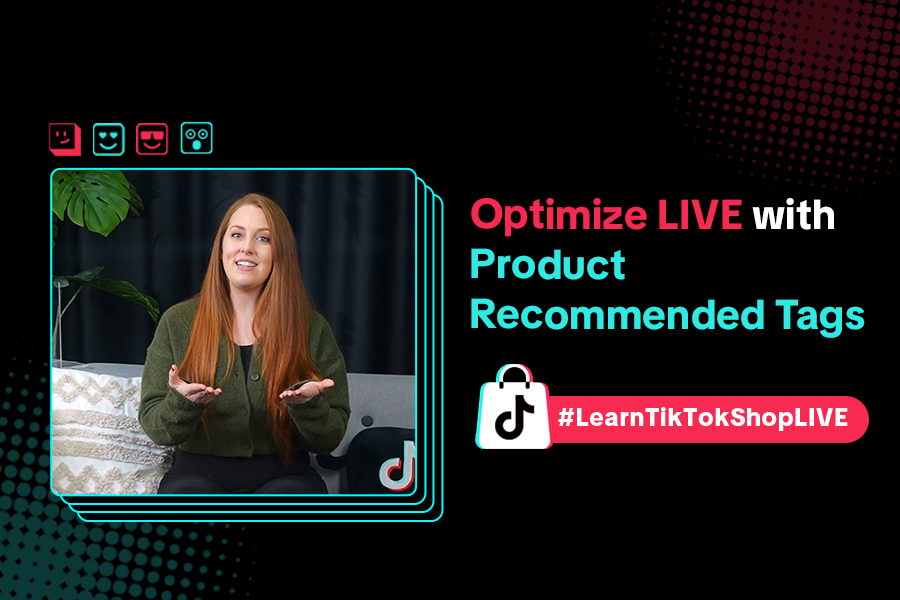
Refining Your Product Selection Strategy with Recommended Pr…
Looking to level up your LIVE shopping strategy? Recommended Product Tags make it easier to discover…
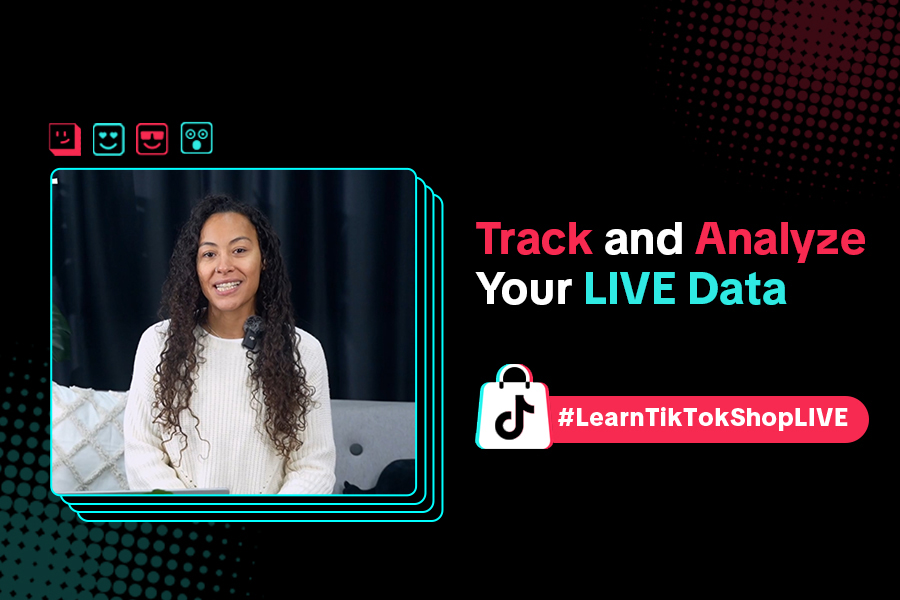
Optimizing LIVE Performance: A guide to tracking and diagnos…
**All following data and figures are mock values and are NOT associated with any real-world user dat…
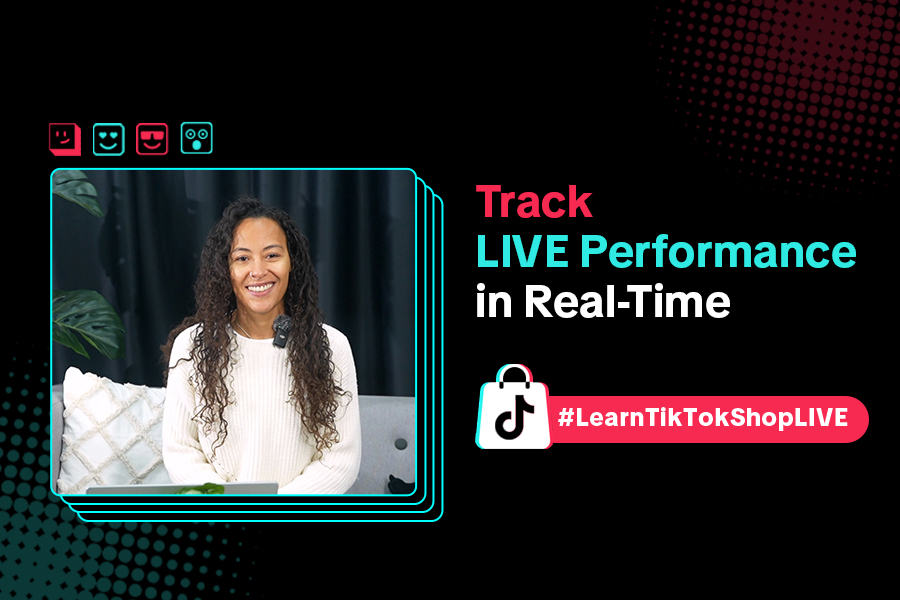
Track LIVE Performance in Real-Time
**All following data and figures are mock values and are NOT associated with any real-world user dat…